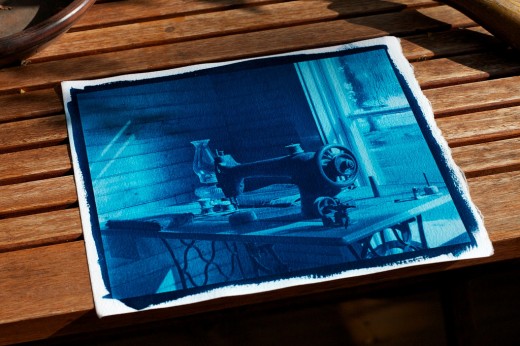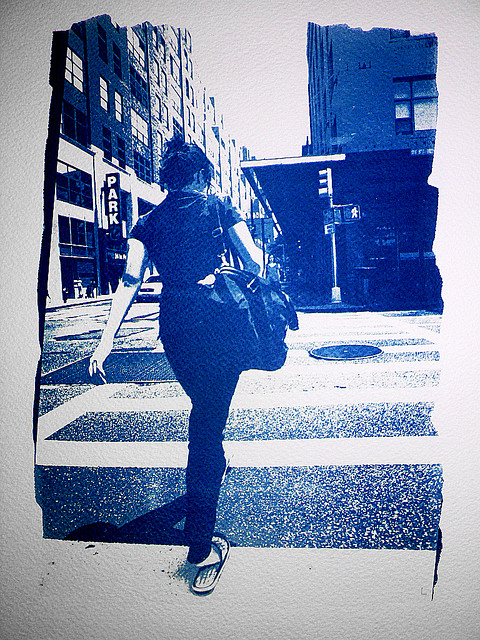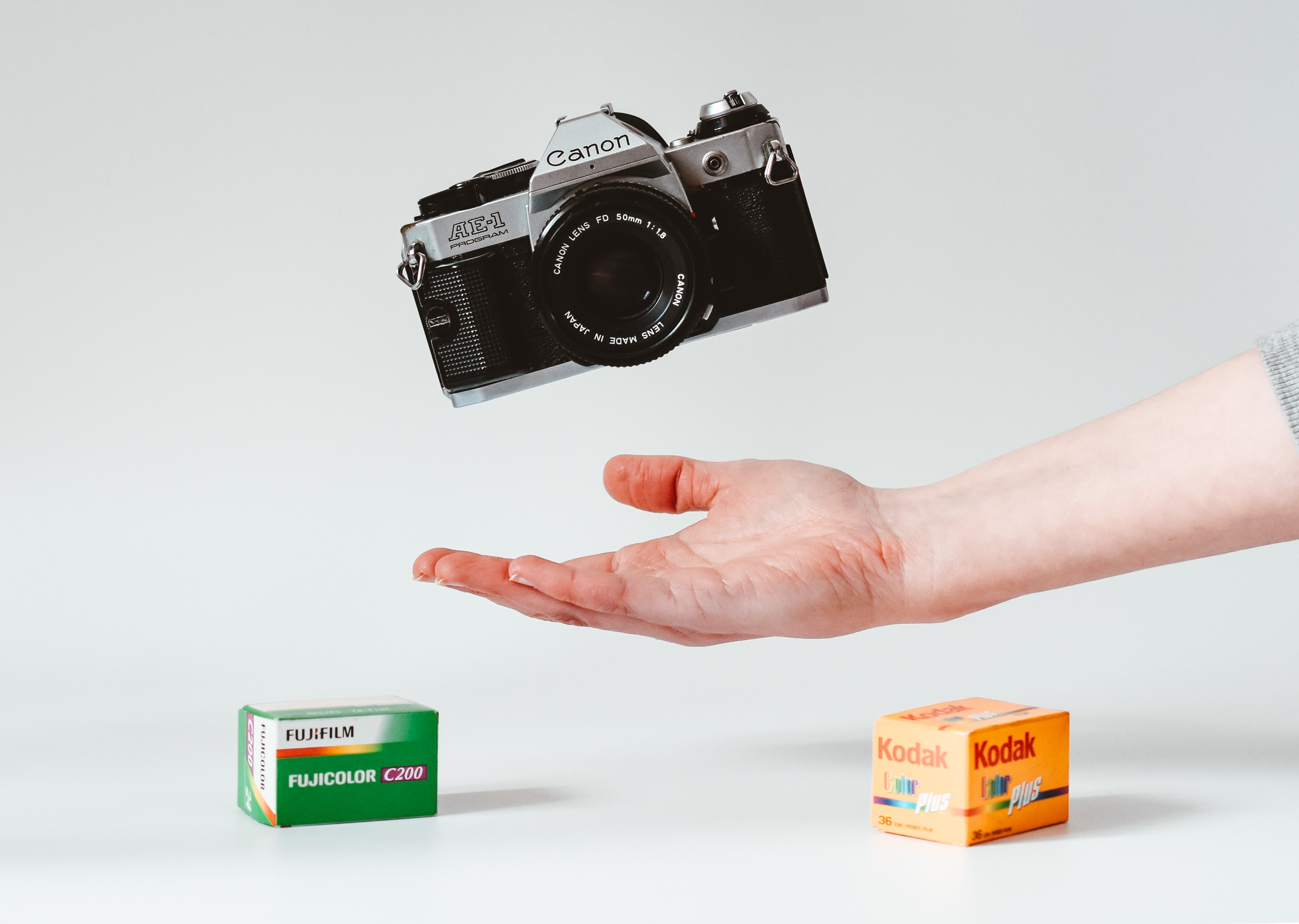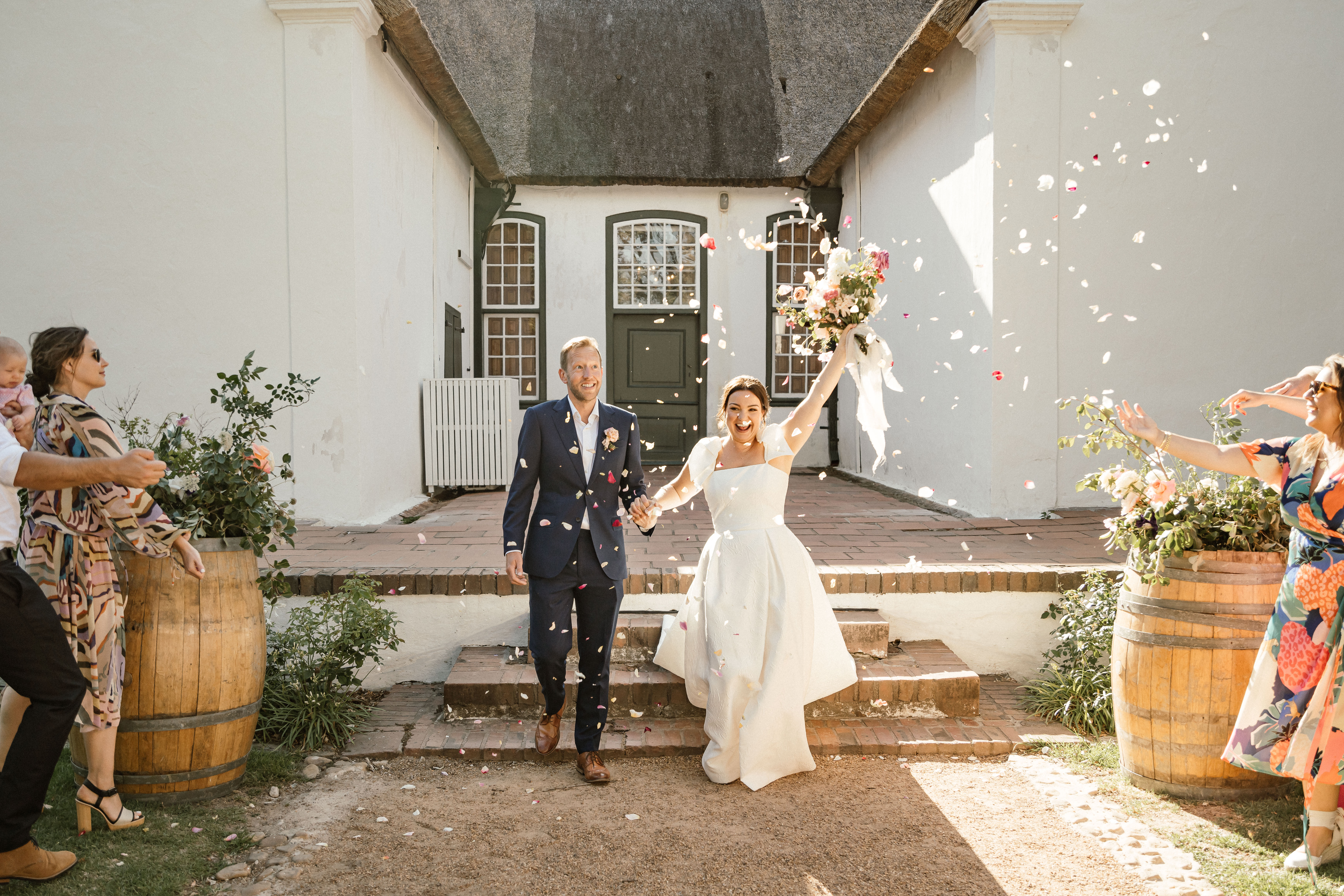A brief explanation of the history and method of the cyanotype printing technique, including a gallery of examples.
You’ve probably seen cyanotypes before – in fact, if you’ve ever seen an engineering blueprint, you’ll know what a cyanotype looks like. Cyanotype is an alternative form of photographic printing which makes use of iron compounds instead of the traditional silver compounds, resulting in rich blue tones.
Cyanotypes were developed in the mid 1800s, making it one of the oldest forms of photographic printing, although it was initially used to copy documents – hence the widespread use in blueprint drawings. Only when Anna Atkins started using cyanotypes to document fauna in the form of photograms was the process used for photographic purposes – in fact, Atkins is widely considered to be the first female photographer.
The process involves coating a sheet of cotton-based paper with the cyanotype emulsion (a mix of two iron compound solutions) in a darkroom. Once the paper has dried, a negative is placed on top of it, and the print is exposed using any form of UV light, including sunlight. The exposure can range from a few minutes to a couple of hours, depending on the available light. The last step is to wash the print in pure water, removing any unexposed emulsion and thereby fixing the print permanently. Cyanotypes can also be toned like a regular print. Even digital photographs can be printed via this process by first printing a negative image onto acetate.
If you would like to try this yourself, here’s an excellent guide to get you started: Cyanotype classic process.



















These are absolutely gorgeous prints!!!!!!